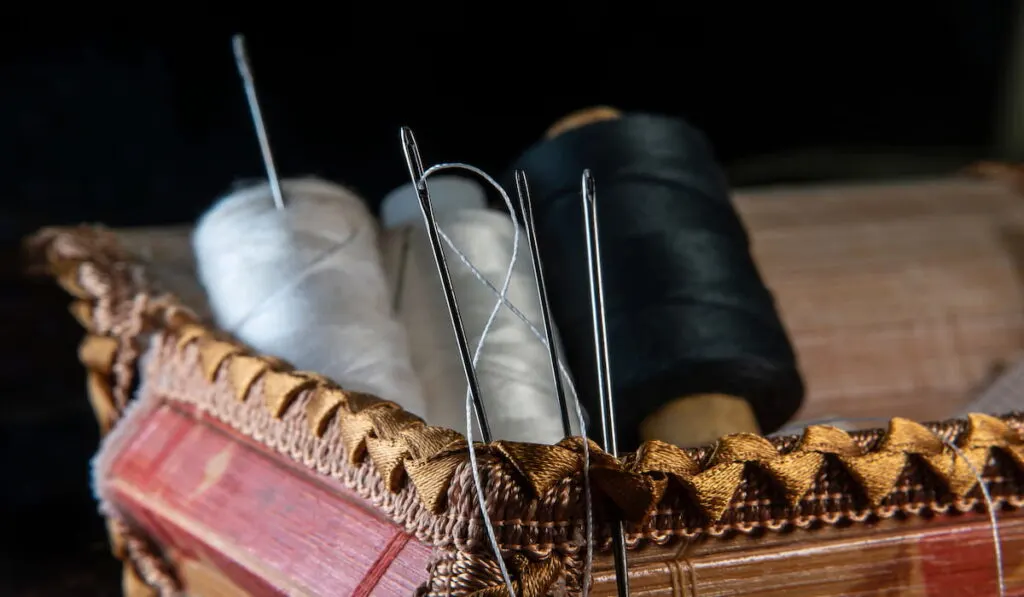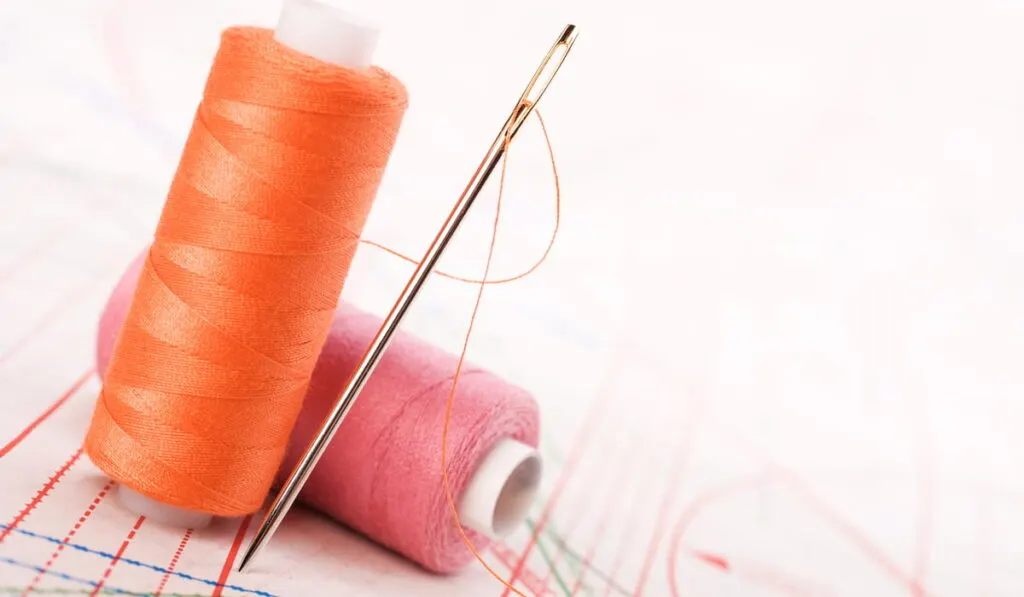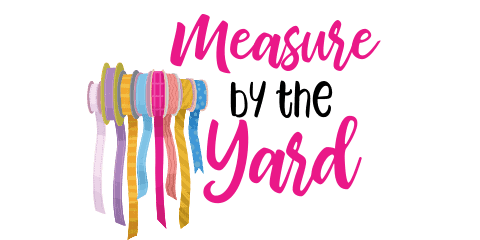The chances are you do not know how long you should use your sewing needle. Like most people you just wait for your needle to get broken before you replace it. But using an old needle may not be the best option for you, your sewing machine, or the fabrics you sew.
They might be sharp when you start using them but your sewing needles will not remain sharp forever. Do sewing needles get dull? Yes, they get dull.
As sewing needles force their way through fabrics, the resistance of the fabrics makes the needles duller with each use. This continues until the needles become too dull to use.

When your sewing needle goes dull, you will notice a difference in the operation of your sewing machine.
But how do you know when your needle goes dull? When should you expect your needle to go dull? Should you sharpen your needle when it goes dull?
Caring for Your Sewing Needle
You may have to care for your sewing needle more than you do now. The state of your sewing needle can affect your sewing way more than you think. But with the following information, you can avoid those drawbacks.
How Long Do Sewing Needles Last?

There are a few ways to determine how long you should use your sewing needle. The first is the total number of hours you have used the needle in sewing. The common rule is to change your needle after a total of 8 hours of quilting or sewing.
Another way to determine how long your sewing needle should last is with your bobbins. Usually, after using 2 – 3 full bobbins your needle may not be as effective as it should be. At that point, you should change it.
Also, after a large sewing project, you should consider changing your sewing needle. While trying to figure out when you should change your sewing needle, you should consider the texture of the fabric you are working on.
Tougher fabrics will put up more resistance against your needle and make them dull faster. So, if you are working on a leather fabric, heavy fleece, or any fabric that is just about that thick, you will have to change your needle earlier.
How Do You Know If Your Needle Is Dull?

Well, the most obvious means to test the sharpness of your sewing needle is by feeling the tip with your finger. But if you are squeamish, you can try other methods.
An alternative method is to listen out for unusual sounds while sewing. If you start hearing thuds as the needle pierces the fabric then the needle has become dull.
Also, when a needle is dull, you may recognize this from the seams. The seams will become puckered and you may also notice skipped stitches and thread shedding.
You could also observe the needle with a magnifying lens. If you are long-sighted, the lens of your glasses may be able to magnify the tip of the needle enough for you to observe its sharpness.
Can You Sharpen a Sewing Needle?
If you cannot replace your dull sewing needle with a new one immediately, you can sharpen it. One way to sharpen your sewing needle is to use an emery board with a grit number between 800 and 1500. You may also use any other item with similar grittiness.

Lightly run the tip of the needle across the gritty surface of the emery board a few times then test the sharpness with your finger. Repeat this step until the needle is sharp enough again. When the needle is sharp enough, you have to polish it.
To polish it, you could use toothpaste or a metal-polishing paste. As you polish the needle, the polish will become darker and this means it is working as it should.
Alternatively, you could use a bar of soap to improve your needle’s function. Stick the needle in the bar of soap then sew with it. The soap makes the surface of the needle smooth and allows it to push through the fabric easily. As you sew, you may have to stick the needle in soap again at intervals.
With a dull needle, your sewing machine will have to do twice the work, your fabric will get damaged, and sewing will become tedious for you. So, as much as possible, pay attention to the sharpness of your needle.
Resources
- https://memphissewingmachine.com/how-often-do-you-need-to-change-your-sewing-needle/
- https://www.superiorthreads.com/education-when-to-change-your-needle
- https://www.wikihow.com/Fix-a-Blunt-Needle
- https://www.quiltingboard.com/main-f1/how-do-you-know-when-your-sewing-machine-needle-dull-t196.html
- https://www.schmetzneedles.com/needle-fact-change-your-needle/
